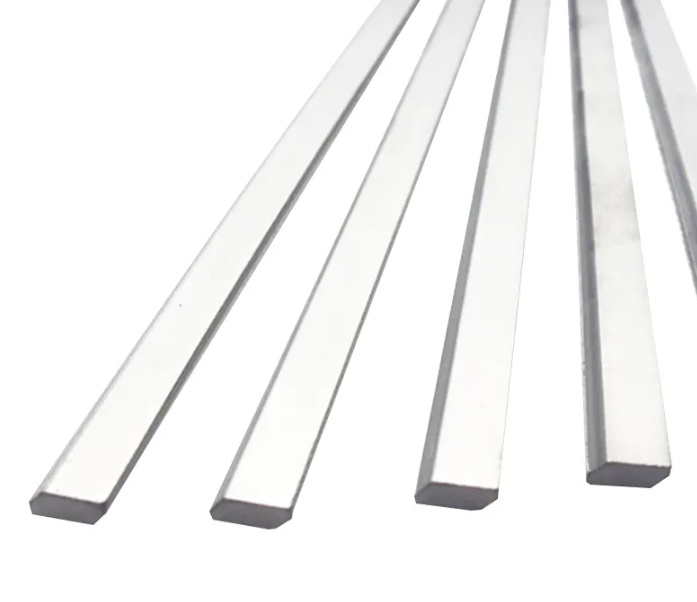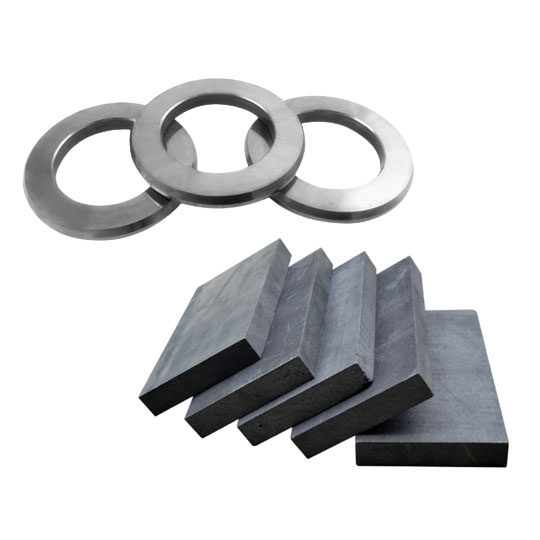超硬プレートとは?
超硬プレート are a type of composite material, usually composed of 炭化タングステン(WC) and a binder metal like コバルト. Picture concrete—aggregate stone bound by cement. Now swap the stone for tungsten carbide particles and the cement for cobalt, and you’ve got the basic structure of a carbide plate.
What makes them so special? It’s their 硬度と耐摩耗性. Tungsten carbide is one of the hardest materials known to man—clocking in at around 9 on the Mohs scale, just shy of diamond. This hardness makes it ideal for industrial environments where parts are subjected to intense friction, heat, and impact. These plates are sintered—essentially baked at high temperatures—to achieve their ultra-tough structure.
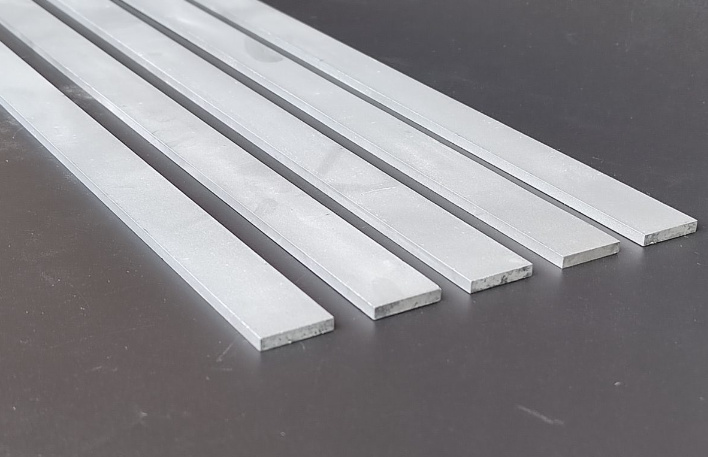
How 超硬プレート Extend Wear Life
Let’s get into the meat of it—how exactly do carbide plates extend wear life?
In simple terms: they take the hit so your equipment doesn’t have to. Industrial machines deal with some nasty enemies—abrasion, corrosion, heat, and mechanical stress. Without protection, critical components would wear out fast, causing frequent shutdowns and expensive repairs. Carbide plates act like a buffer zone. They absorb the wear and handle the punishment.
Think of it like using a phone case. Sure, your phone could survive a few drops, but slap on a rugged case, and suddenly it lasts three times longer. Same principle with carbide plates.
Some of the top advantages of using carbide plates include:
- 耐摩耗性: Tungsten carbide resists scratching and material loss better than steel or iron.
- 熱安定性: These plates can withstand high temps without softening.
- 耐食性: Especially when alloyed properly.
- 耐衝撃性: They don’t just break on sudden shocks like ceramics do.
When integrated into high-friction zones—like excavator buckets, drilling tools, or conveyor blades—carbide plates extend equipment lifespan by up to 5X, according to multiple field studies in mining and oil extraction operations.
他の素材との比較
So how do carbide plates stack up against the competition? Let’s pit them against steel, ceramic, and high-speed alloys.
Steel vs. Carbide Plates:
- Steel is cheaper and easier to machine.
- Carbide is up to 10X harder.
- Steel wears out faster under abrasive conditions.
Ceramic vs. Carbide Plates:
- Ceramics are super hard and corrosion-resistant.
- But ceramics are もろい—drop it, and it shatters.
- Carbide offers a better balance between hardness and toughness.
High-Speed Steel (HSS) vs. Carbide Plates:
- HSS is great for cutting but softens under high temps.
- Carbide holds shape and strength even at 1,000°C.
| 素材 | 硬度(ビッカース) | Max Operating Temp | タフネス | 耐摩耗性 | コスト |
|---|---|---|---|---|---|
| スチール | 150-300 | ~400°C | 高い | 中程度 | 低い |
| セラミック | 1,000+ | ~1,200°C | 低い | 高い | 高い |
| こうそくシリアルインターフェース | 600-800 | ~600°C | 中程度 | 中程度 | ミディアム |
| カーバイド | 1,200-1,800 | ~1,000°C | 高い | 非常に高い | 高い |
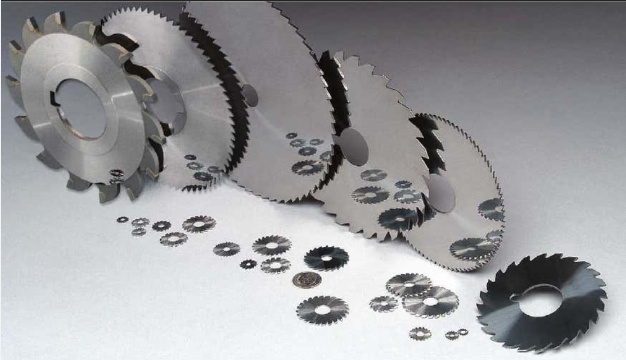
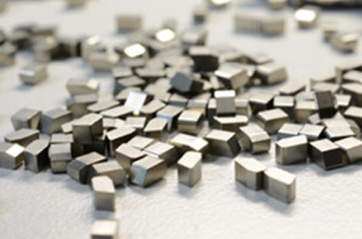
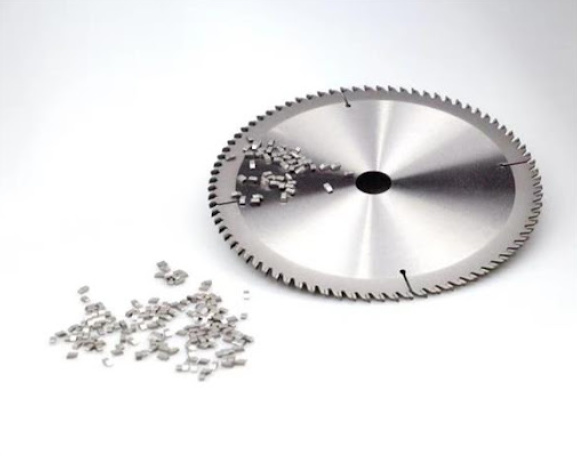
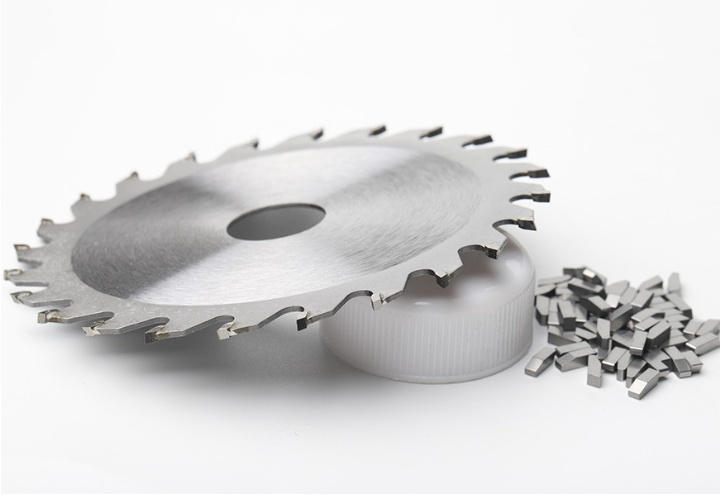

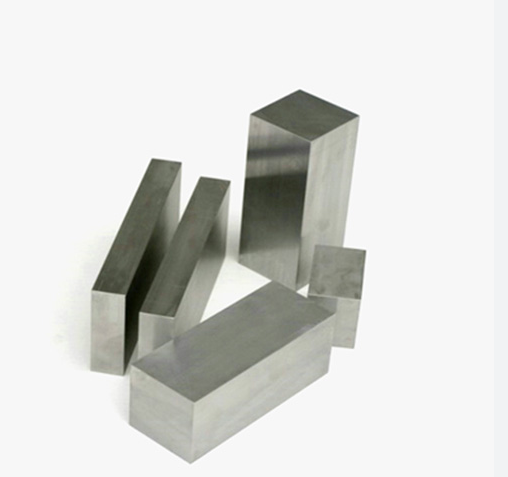
Real-World Applications or Case Studies
Let’s talk real-world. 超硬プレート aren’t just lab-tested marvels—they’ve proven their mettle in mines, oil fields, factories, and forests.
1. Mining Sector: In underground mining, equipment like conveyor chutes and bucket teeth often fail due to rock abrasion. A copper mine in Chile retrofitted its excavators with carbide-coated teeth. Result? Equipment lifetime jumped from 2 months to over 8 months.
2. Oil & Gas Drilling: Drill bits lined with tungsten carbide plates can punch through solid rock layers. In North Dakota, a shale drilling company reported 35% fewer bit replacements annually after switching to carbide-enhanced tools.
3. Wood Processing: Wood chippers eat through blades quickly. A forestry business in Canada switched to carbide-tipped chipper knives, and blade changes dropped by 70%.
4. Cement Plants: These environments are dusty, hot, and abrasive. Carbide plates are used in fan blades, nozzles, and feed chutes, extending replacement intervals by months.
5. Agricultural Machinery: Harvesters and tillers equipped with carbide plates plow through soil and roots with much less downtime.
Tips on Choosing the Right Carbide Plates
Picking the right carbide plate isn’t a one-size-fits-all deal. Here’s what to consider:
1. Type of Wear:
- Abrasive? Go for high tungsten content plates.
- Corrosive? Use plates with nickel or corrosion-resistant binders.
2. Operating Temperature:
- Some plates handle over 1,000°C. Check the heat resistance!
3. Plate Geometry:
- Thin coatings vs. thick tiles? Shape it to your machine.
4. Attachment Method:
- Bolt-on? Weld-on? Brazed? Depends on your assembly process.
5. Trusted Suppliers:
- Stick with ISO-certified manufacturers. You’re not just buying a plate—you’re buying uptime.
Top Metal Powder Models for 超硬プレート
| モデル | 構成 | Notable Properties | アプリケーション |
|---|---|---|---|
| WC-コ 6% | 94% WC、6% Co | 高い靭性 | マイニングツール |
| WC-Co 10% | 90% WC、10% Co | Balance of strength/toughness | ミーリングインサート |
| WC-Co 12% | 88% WC、12% Co | Increased shock resistance | 石油掘削 |
| WC-CoNiCr | WC with Ni-Cr binder | 耐食性 | Marine/chemical |
| WC-TiC | WC+炭化チタン | 高い耐熱性 | Aerospace tools |
| WC-ニ | WC + Nickel | より優れた耐食性 | 食品加工 |
| Cr3C2-NiCr | 炭化クロム | 耐酸化性 | Thermal spray |
| TiC | 炭化チタン | Lightweight & hard | Lightweight tools |
| VC-Co | 炭化バナジウム | Excellent grain growth control | Cutting inserts |
| NbC-Co | 炭化ニオブ | Improved hot hardness | Die manufacturing |

よくあるご質問
| 質問 | 回答 |
|---|---|
| 超硬プレートの材質は? | Typically tungsten carbide mixed with cobalt or nickel as a binder. |
| How do they resist wear? | Their extreme hardness and toughness help them withstand abrasion, heat, and impact. |
| Where are they used? | Mining, oil & gas, manufacturing, forestry, agriculture, and more. |
| Are carbide plates brittle? | No, they’re tougher than ceramics and designed to resist cracking. |
| Can carbide plates handle heat? | Yes, many can operate at temperatures up to 1,000°C. |
| 寿命はどのくらいですか? | Depending on conditions, they can last 2X to 5X longer than steel parts. |
| 高価ですか? | Yes, but they offer better ROI due to reduced downtime and part replacement. |
| What’s the best carbide formula? | Depends on use—WC-Co for general wear, WC-CoNiCr for corrosion-heavy jobs. |
| How are they installed? | Via welding, brazing, or mechanical attachment like bolts. |
| Can I use carbide plates in food processing? | Yes, if using nickel-bonded grades like WC-Ni. |

